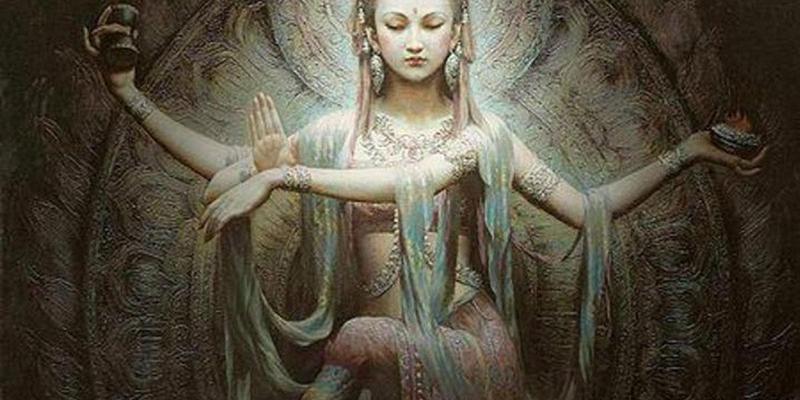Here is What They Don’t Tell You About Feminism and Sexuality in Hindu Mythology
Here is What They Don’t Tell You About Feminism and Sexuality in Hindu Mythology
Hindu mythology reveals that patriarchy, the idea that men are superior to women, was invented. The epic, Mahabharata, for example, refers to a time when there was no concept of marriage. Men and women were free to go to anyone, until it became important to establish fatherhood (‘this son is mine’), for which ownership and fidelity of women became critical (‘she is the field for my seed’).
Fatherhood became important because property became important (‘this is mine’) and with it the idea of inheritance (‘what is mine shall go to my sons’). Property and inheritance became important because they offered humans the delusion of immortality (‘I may die but what I have will outlive me through my sons’).
Feminism, the idea that men and women are equal is, however, discovered in Hinduism as the scriptures point to the difference between the soul and the flesh. The soul has no gender. Gender comes from the flesh.
The unenlightened value the flesh, hence gender, over the soul. Such a unenlightened being values the male flesh over the female flesh, the young flesh over the old flesh, flesh encased in fair skin rather than dark skin, the property owned by that flesh, the family to which that flesh belongs, the stature of that flesh in society.
The enlightened see the flesh purely in functional terms: they venerate both the devadasi, who offered her body to everyone, and the sanyasi, who offered his body to no one.
Of course, all that changed with the invention of monastic orders that deemed women, especially those who indulged the human craving for pleasure, as vile temptresses who waylay people in their quest for the divine. Women were told to be chaste: it granted them magical powers, protection against widowhood. Men were advised to be celibate: it granted them power to grant boons and hurl curses.
Hindu mythology makes constant references to queerness, the idea that questions notions of maleness and femaleness. There are stories of men who become women, and women who become men, of men who create children without women, and women who create children without men, and of creatures who are neither this, nor that, but a little bit of both, like the makara (a combination of fish and elephant) or the yali (a combination of lion and elephant). There are also many words in Sanskrit, Prakrit and Tamil such as kliba, napumsaka, mukhabhaga, sanda, panda, pandaka, pedi that suggest a long familiarity with queer thought and behaviour.
It is common to either deny the existence of such fluidity in our stories, or simply locate them in the realm of the supernatural or point to law books that, besides endorsing patriarchy and casteism, also frown upon queer behaviour. Yet the stories are repeatedly told and shown. Gentle attempts, perhaps, of wise sages to open up stubborn finite minds and lead them towards infinity.
By B Devdutt Pattanaik/Quartz india
Be the first to post a message!
